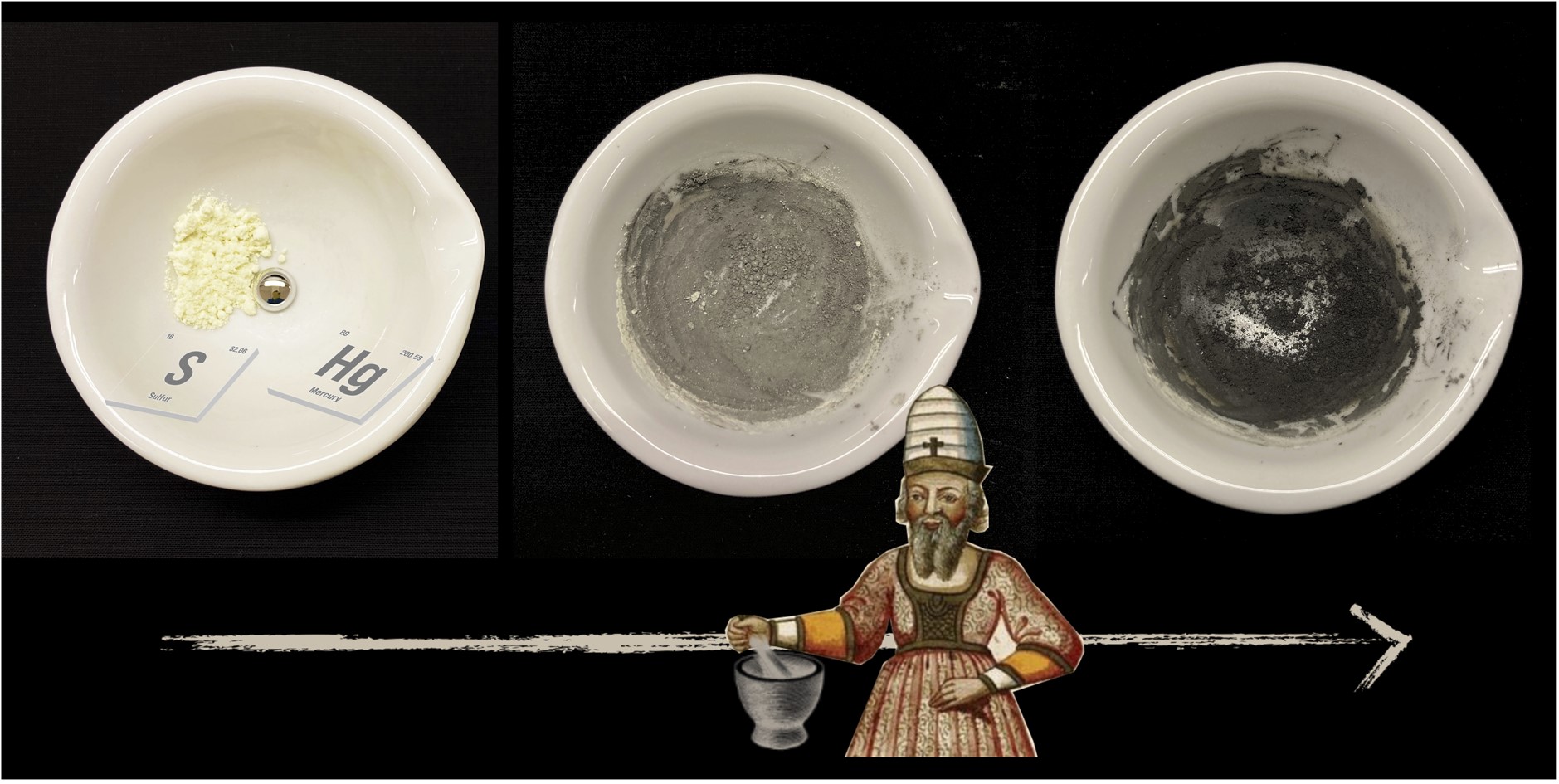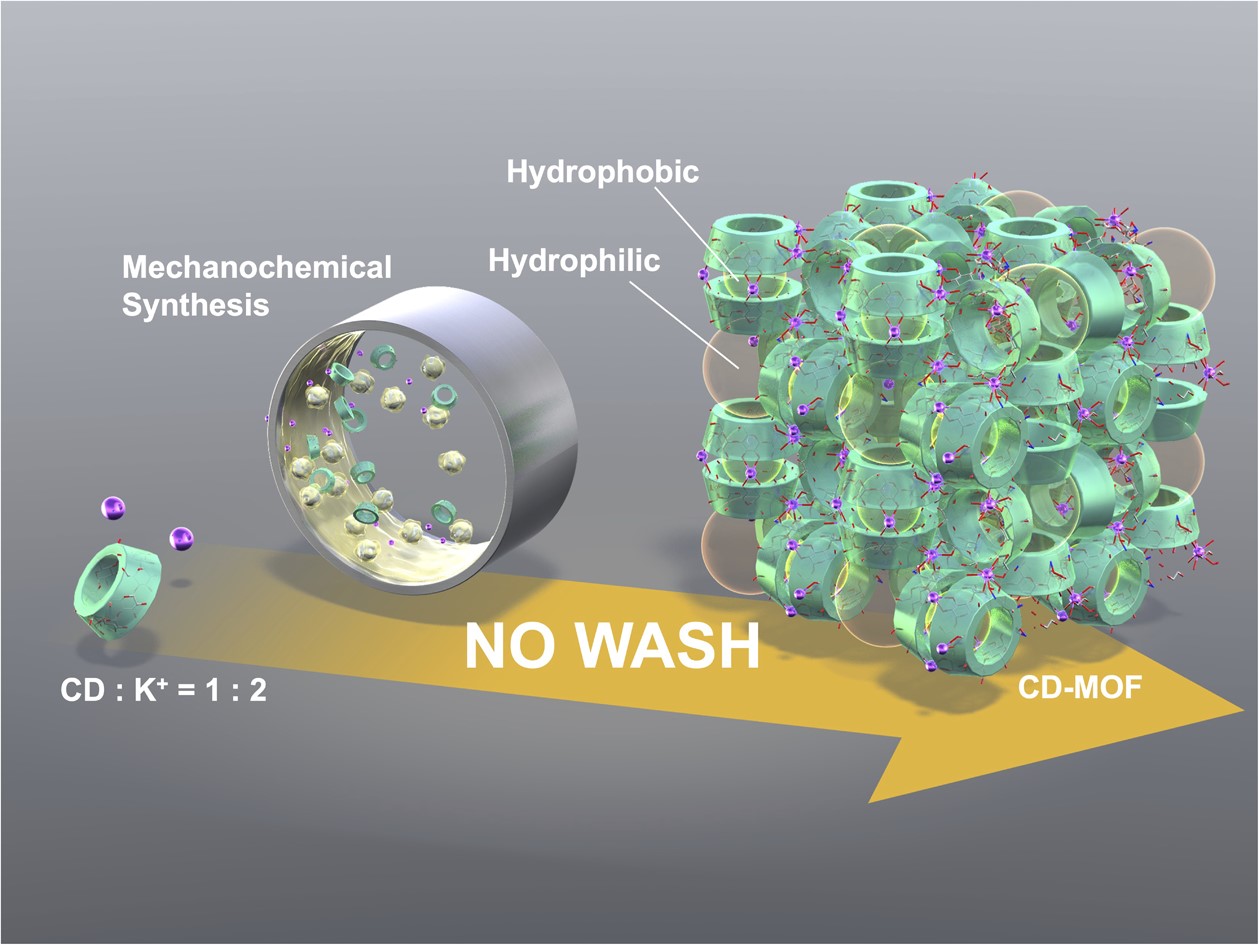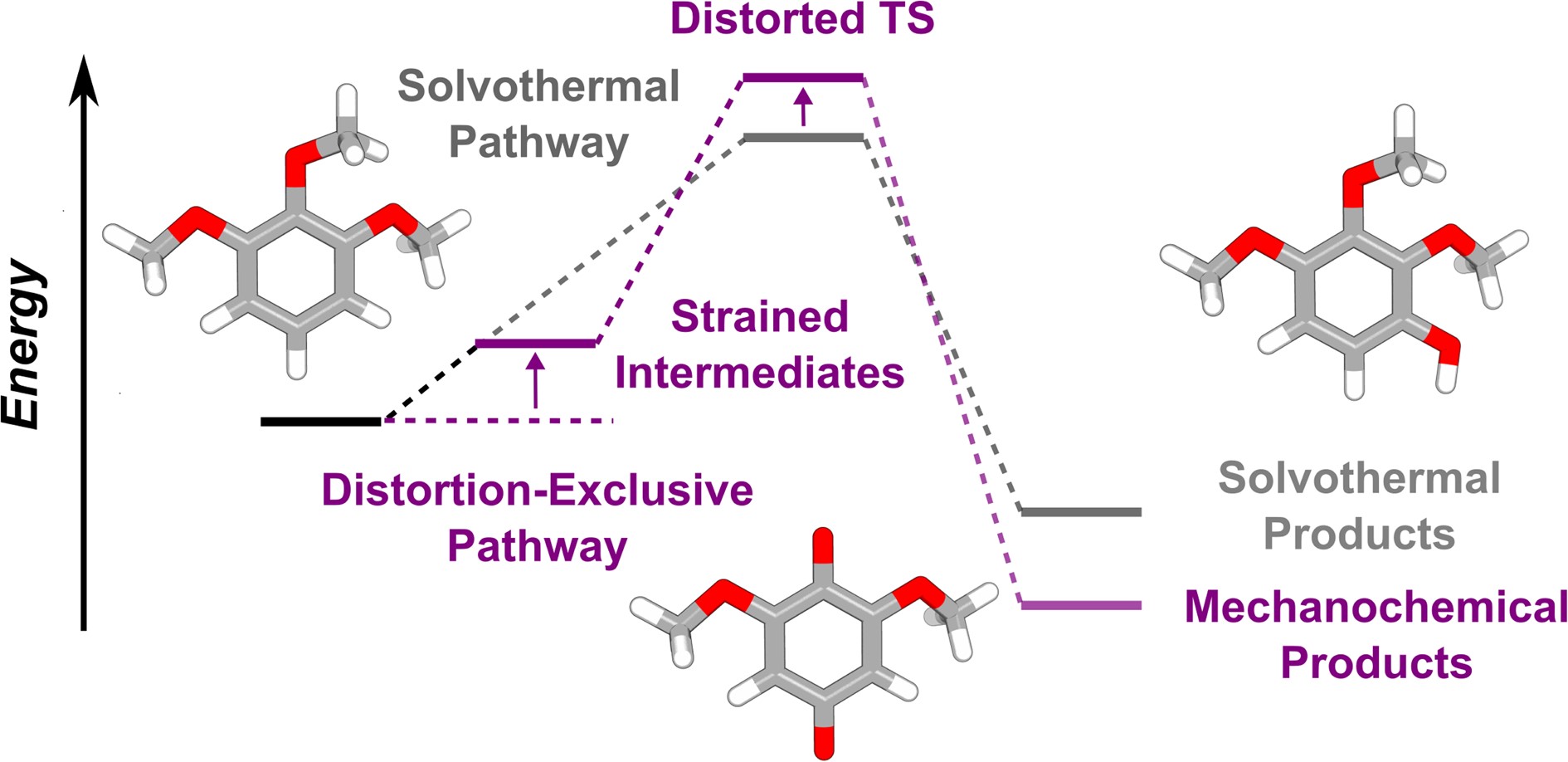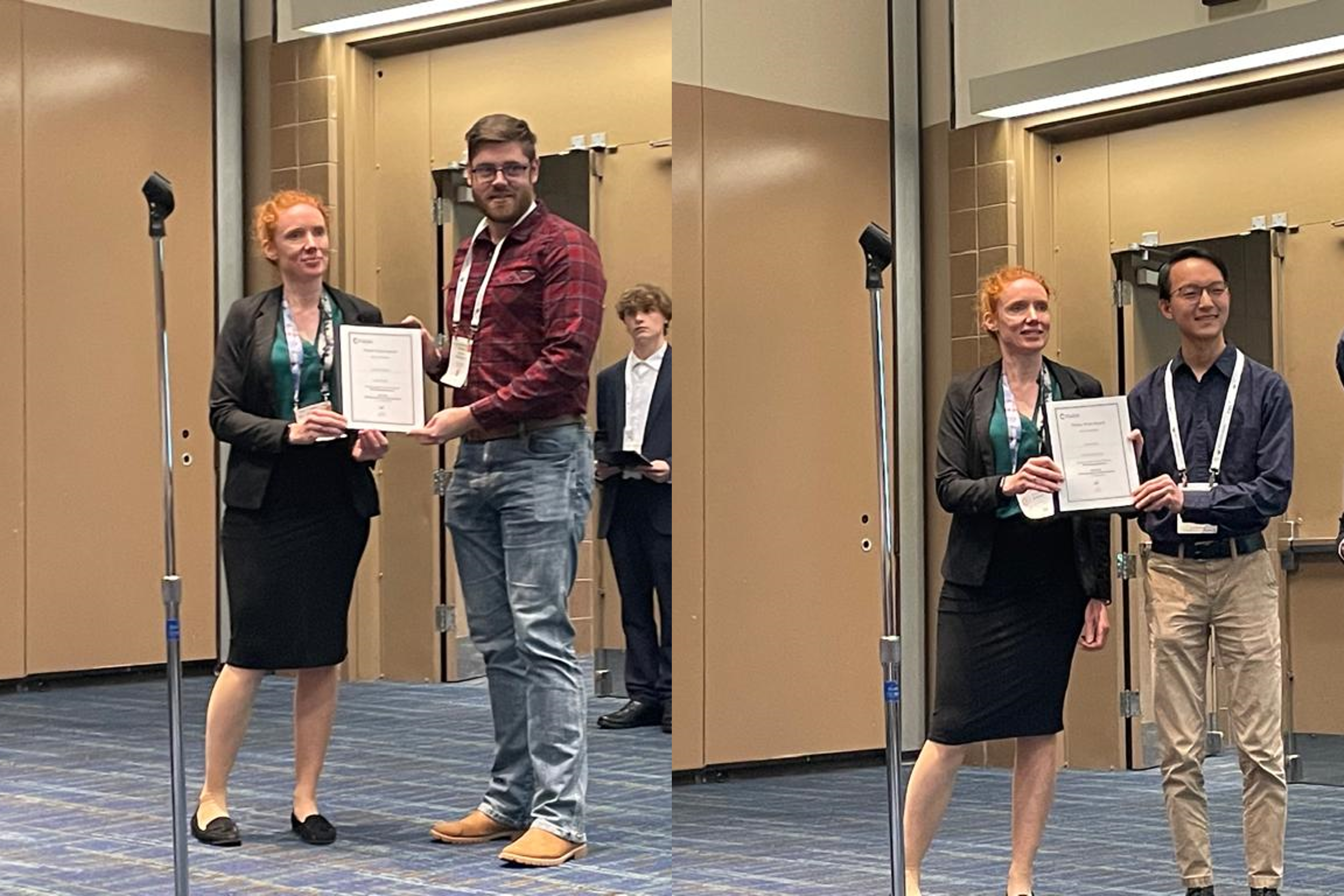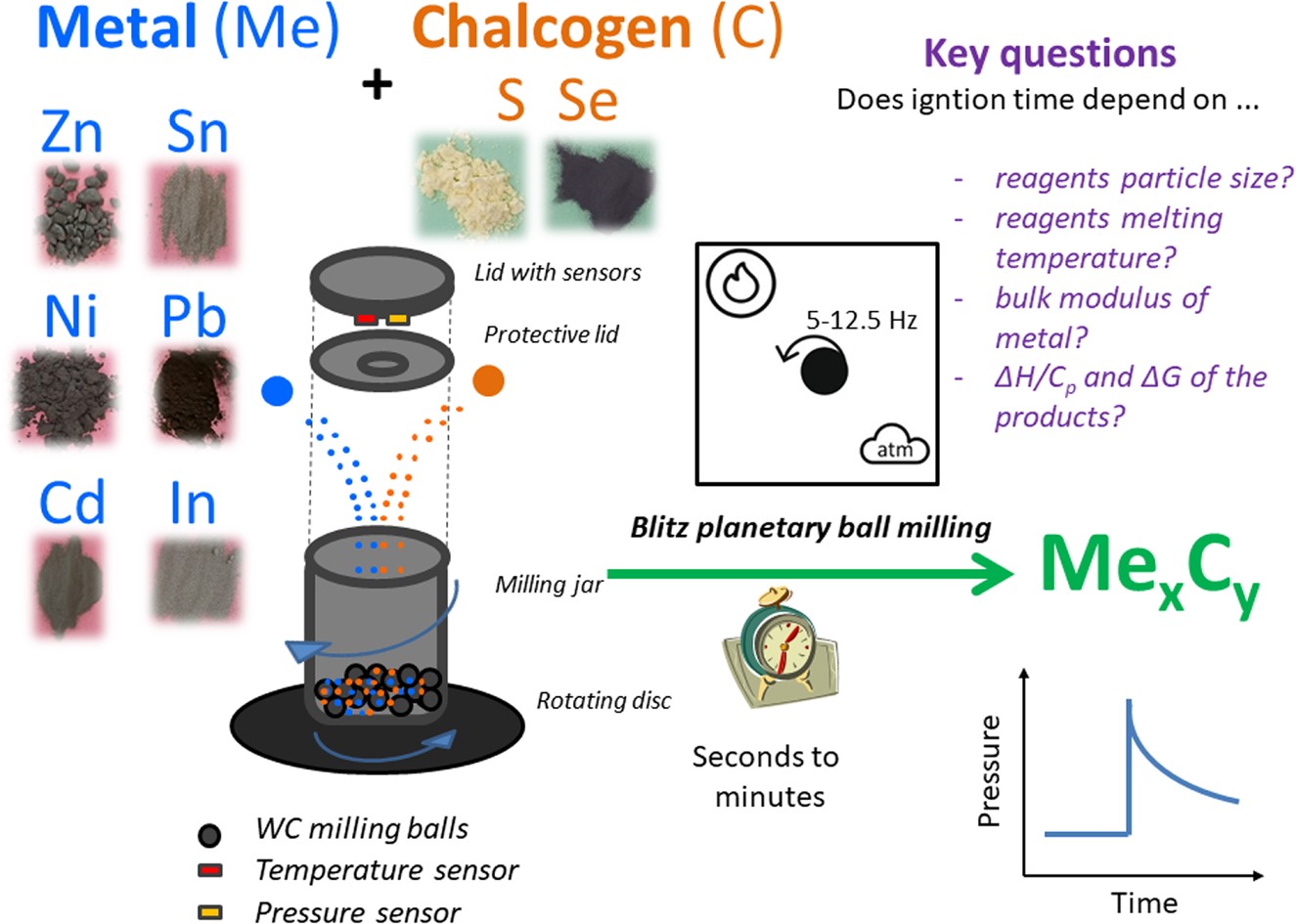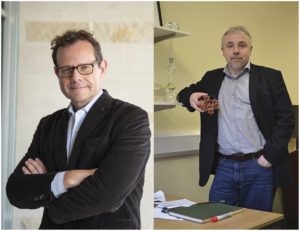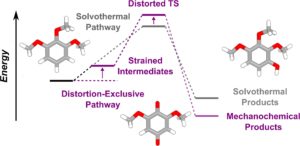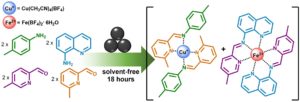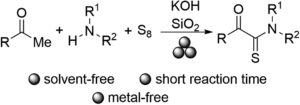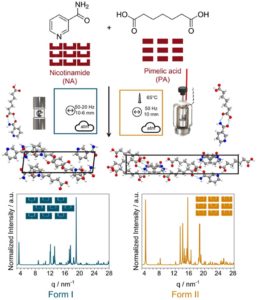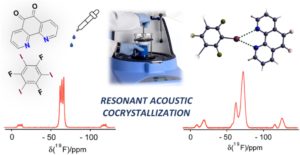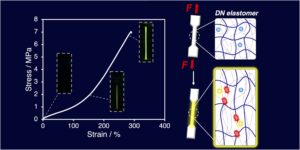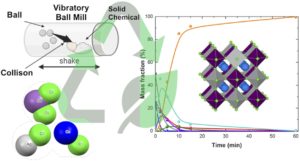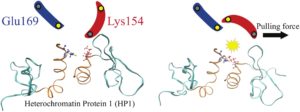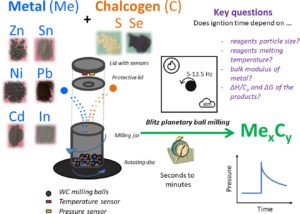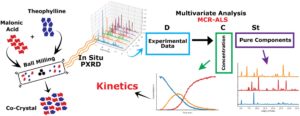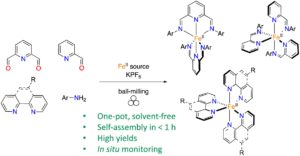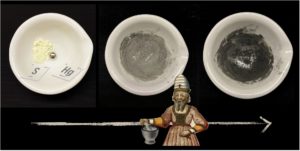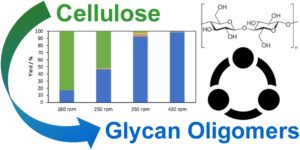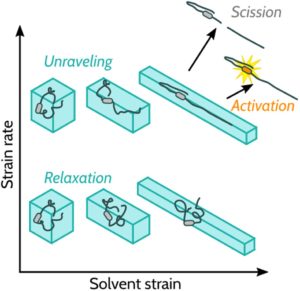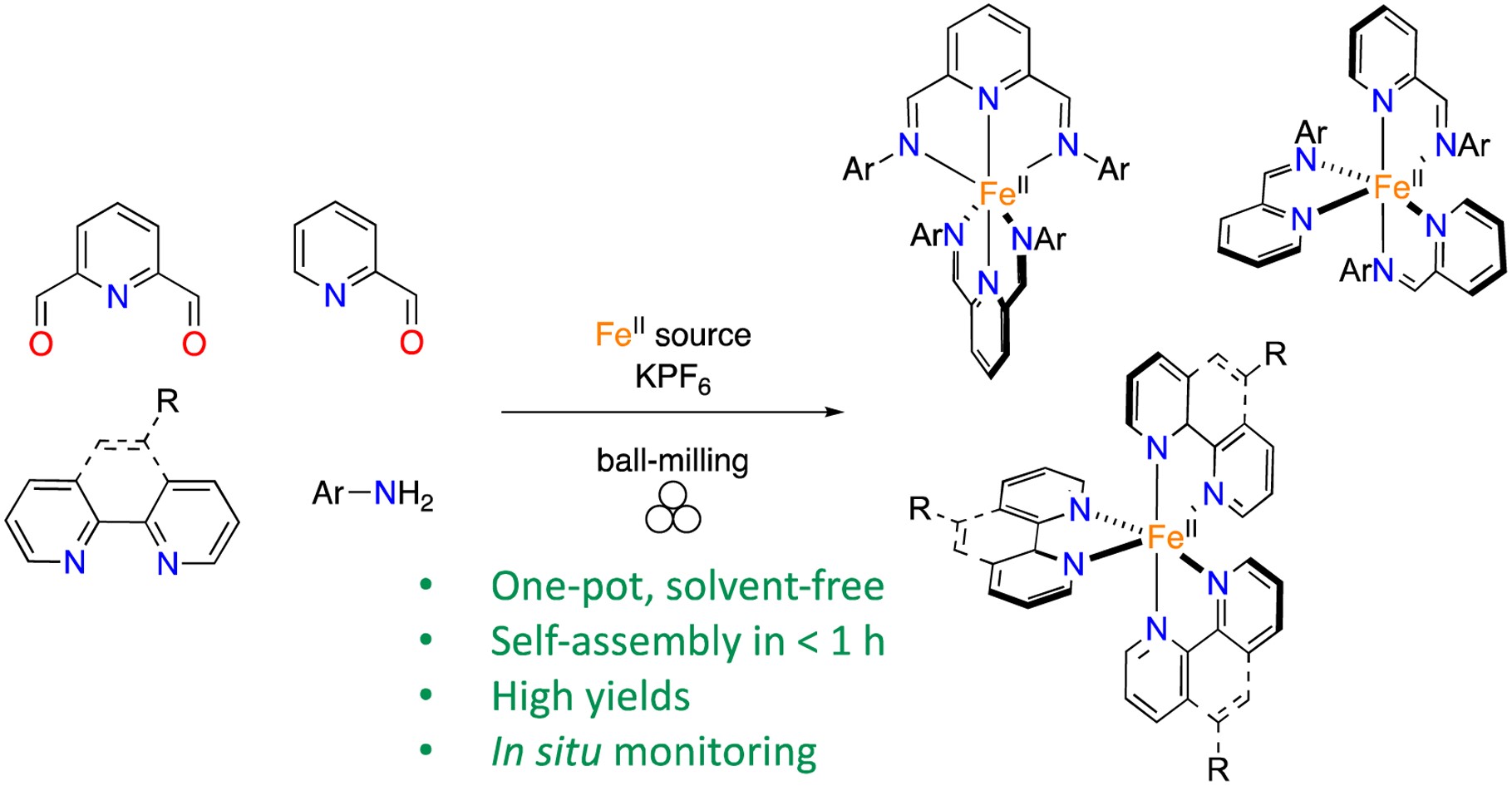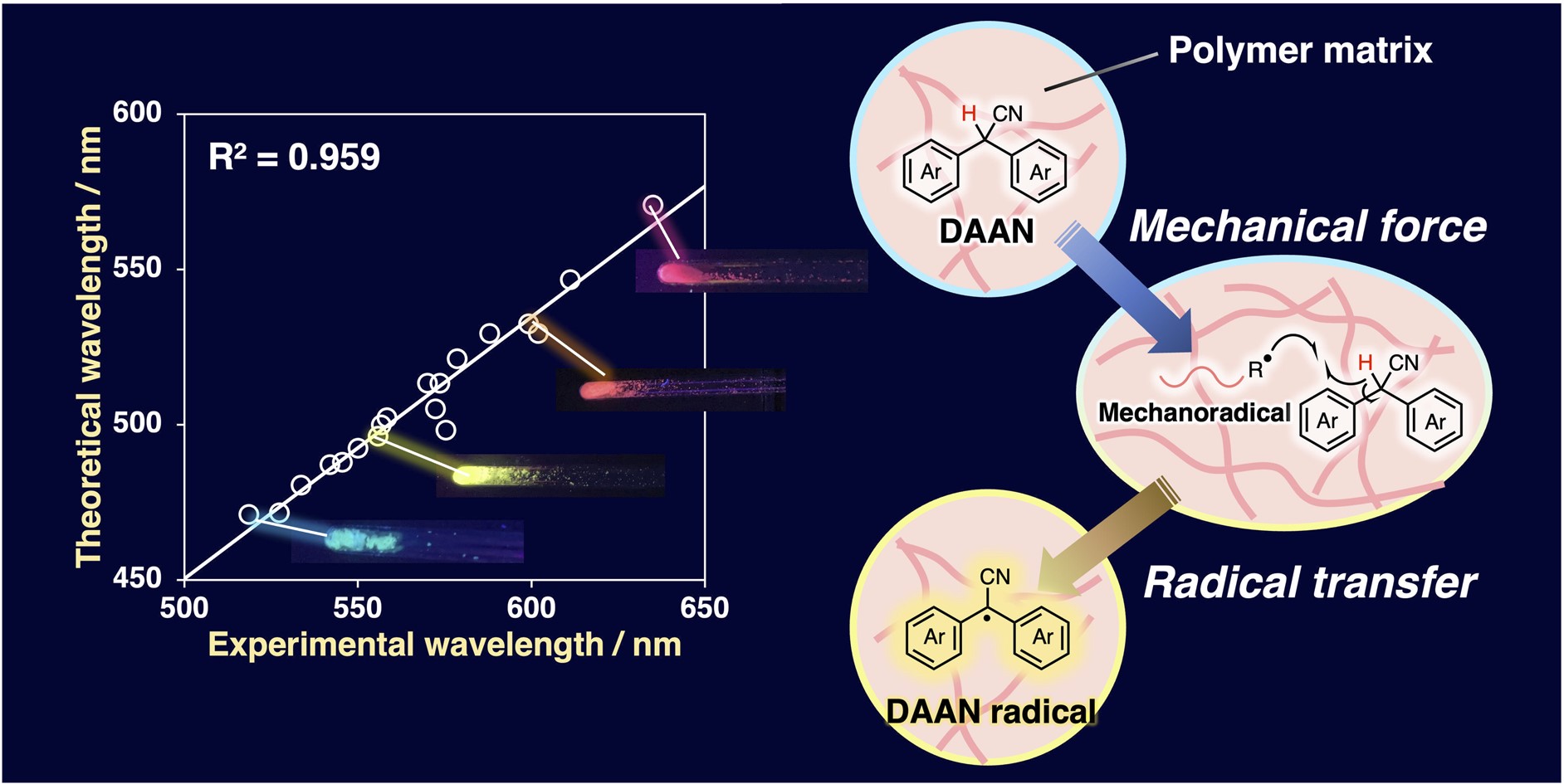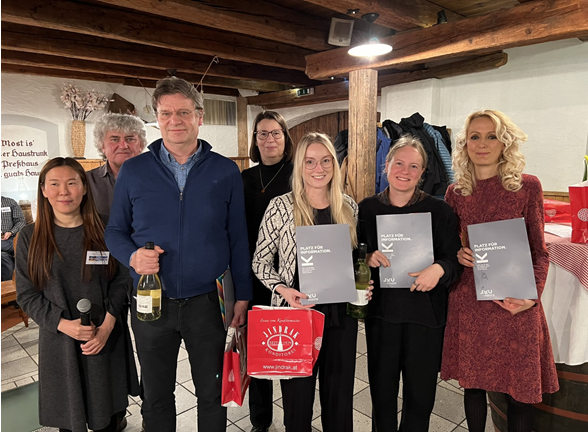
RSC Mechanochemistry has published its first articles. To celebrate this, we asked the authors to discuss their work in some more detail.
In this edition, we hear from Fabio Ferreira about their study titled Green-chemistry synthesis and optical properties of lead-free Cs2AgSbCl6 double perovskite by a mechanochemical method.
“The research focuses on the “green” synthesis (mechanochemical synthesis) of Cs2AgSbCl6 lead-free double perovskite, emerging as a promising alternative to conventional lead-based perovskites due to their sustainability and chemical stability. Using the milling process, analyses were conducted using X-ray diffraction at different stages to understand the perovskite formation throughout the method. A mapping graph was developed to track the phase evolution during synthesis until the pure phase was obtained. UV-Vis measurements revealed an indirect band gap within the solar absorption spectrum, suggesting that the studied Cs2AgSbCl6 perovskite could be a viable candidate for solar cells.”
“Through computational simulations with SOC (spin-orbit coupling), the optimization of the band gap was identified, with a high carrier recombination rate, making it even more attractive for photovoltaic applications. These results highlight the potential of this double perovskite as a promising option in the search for more sustainable and efficient materials for solar energy.”
“What excites us most about this study is the ability to obtain a perovskite through a simple method, easily reproducible in laboratories worldwide and industry. Obtaining Cs2AgSbCl6 and analyzing its properties through experiments and simulations can significantly contribute to understanding the fascinating world of perovskites.”
“The main challenge faced in this study was integrating experimental aspects with theoretical understanding. This is due to the time demand of computational simulations and the need to ensure consistency between the obtained results and experimental data. Although many theoretical calculations have been performed for Cs2AgSbCl6, none considered the effect of SOC in simulations, which is responsible for explaining the band gap at 2.7 eV, as reported in the literature. As observed in our study, the identification of intermediate bands suggests a greater capacity for absorption of lower-energy photons through additional optical transitions, paving the way to improve solar cell efficiency.”
“We hope this study advances optoelectronic device development for a more sustainable future.”
Want to know more about their work? Read the full paper here!
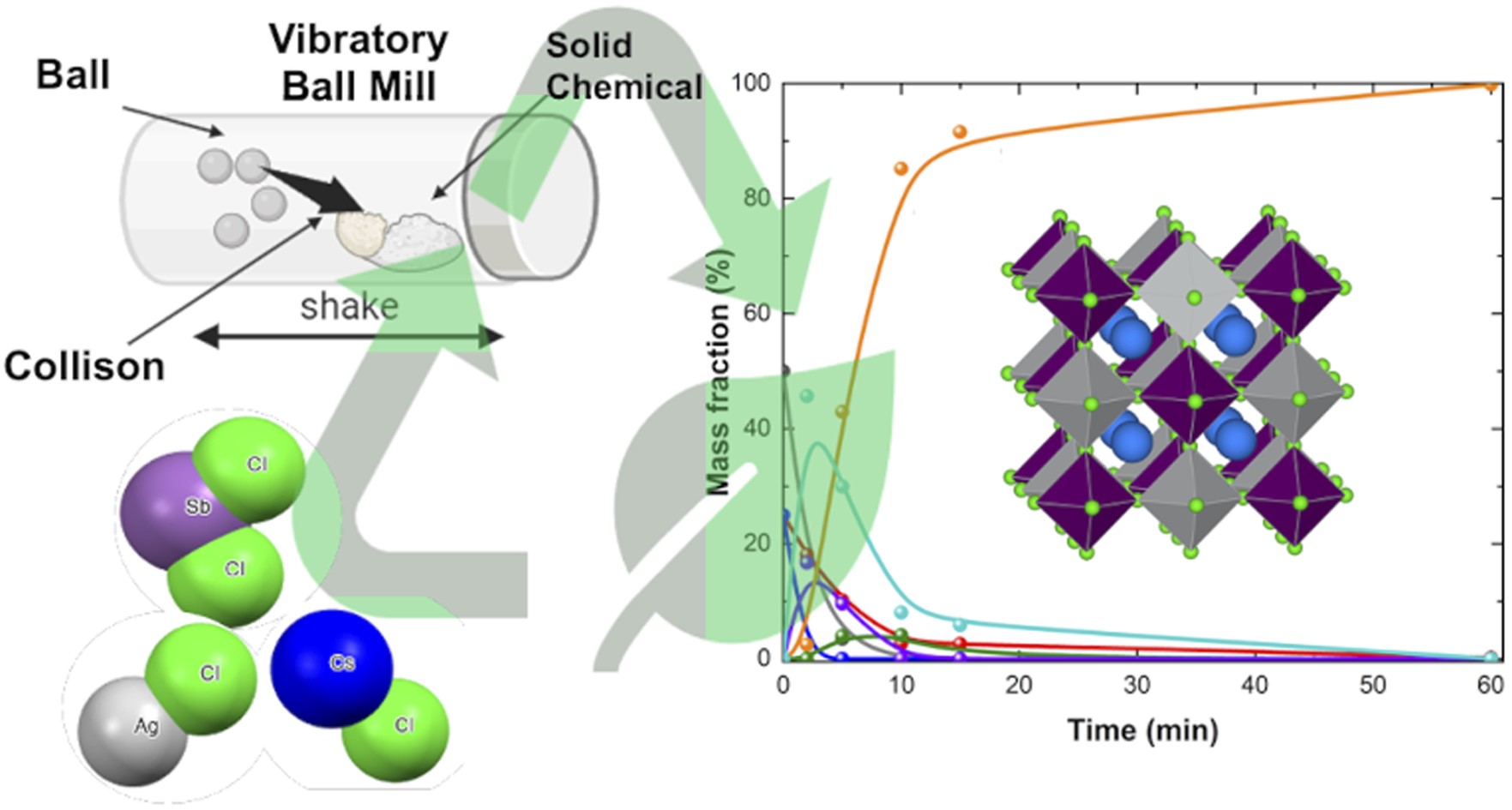
Green-chemistry synthesis and optical properties of lead-free Cs2AgSbCl6 double perovskite by a mechanochemical method
Karla Kariny F. Barbosa, Deisy Aristizábal-Giraldo, Jorge M. Osorio-Guillén, José Javier S. Acuña and Fabio F. Ferreira
RSC Mechanochem. 2024, Advance Article, DOI: 10.1039/D3MR00024A
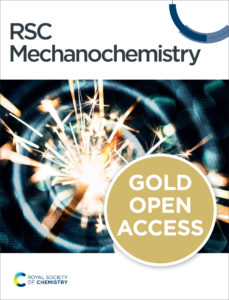 |
|
RSC Mechanochemistry offers you an inclusive and dedicated home for the ideas, scientific language and approaches that cut across the many disciplines mechanochemistry touches. Here we are seeking to build knowledge, as well as foster innovation and discovery at this forefront of chemistry. Whether you are seeking to understand the fundamentals of mechanochemistry, or you are excited by its applications and potential, this journal is for you.
|

